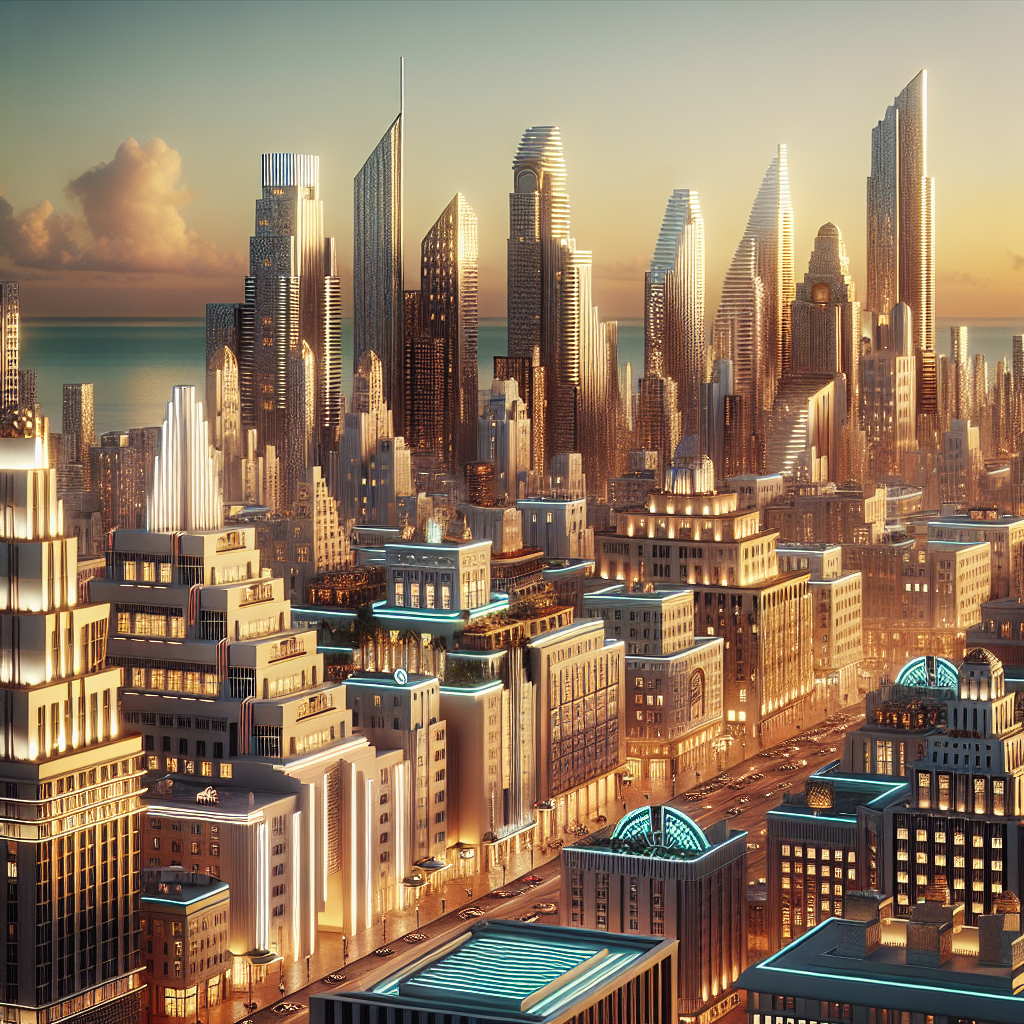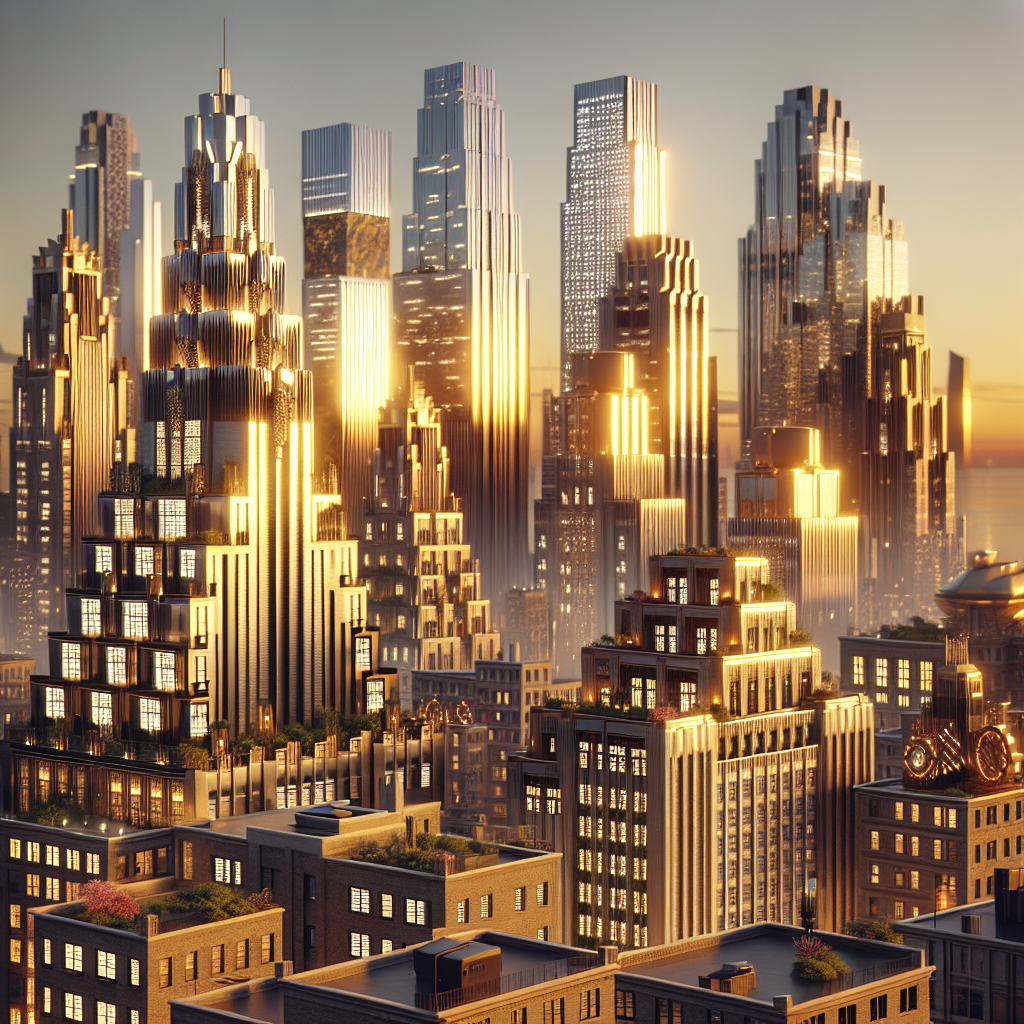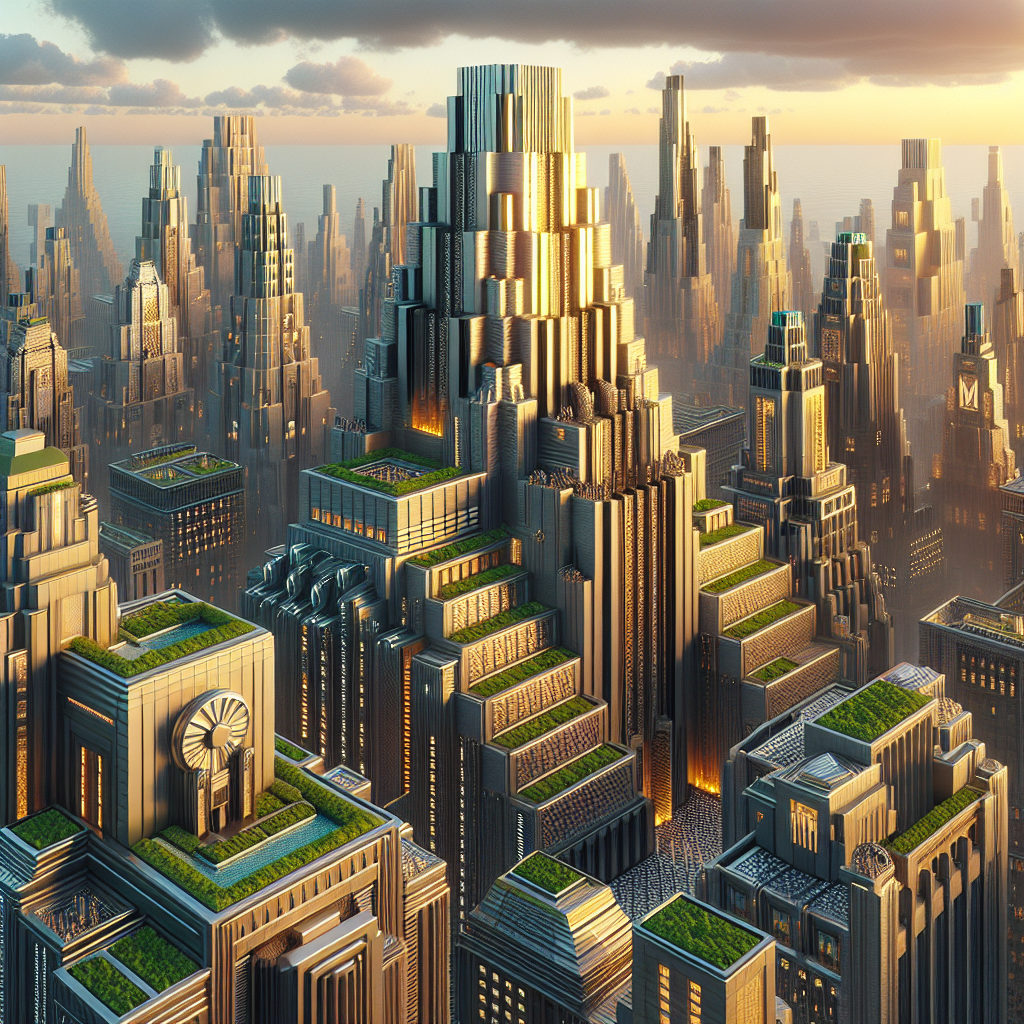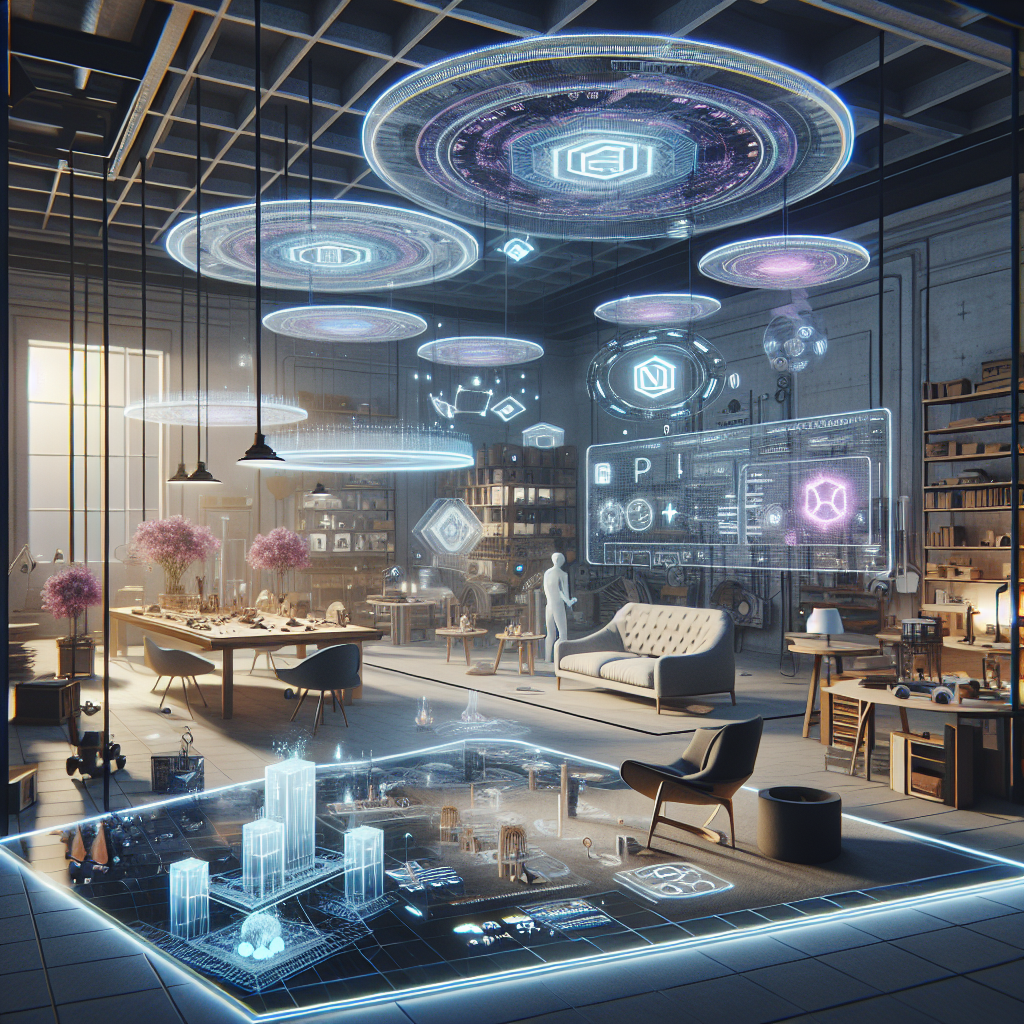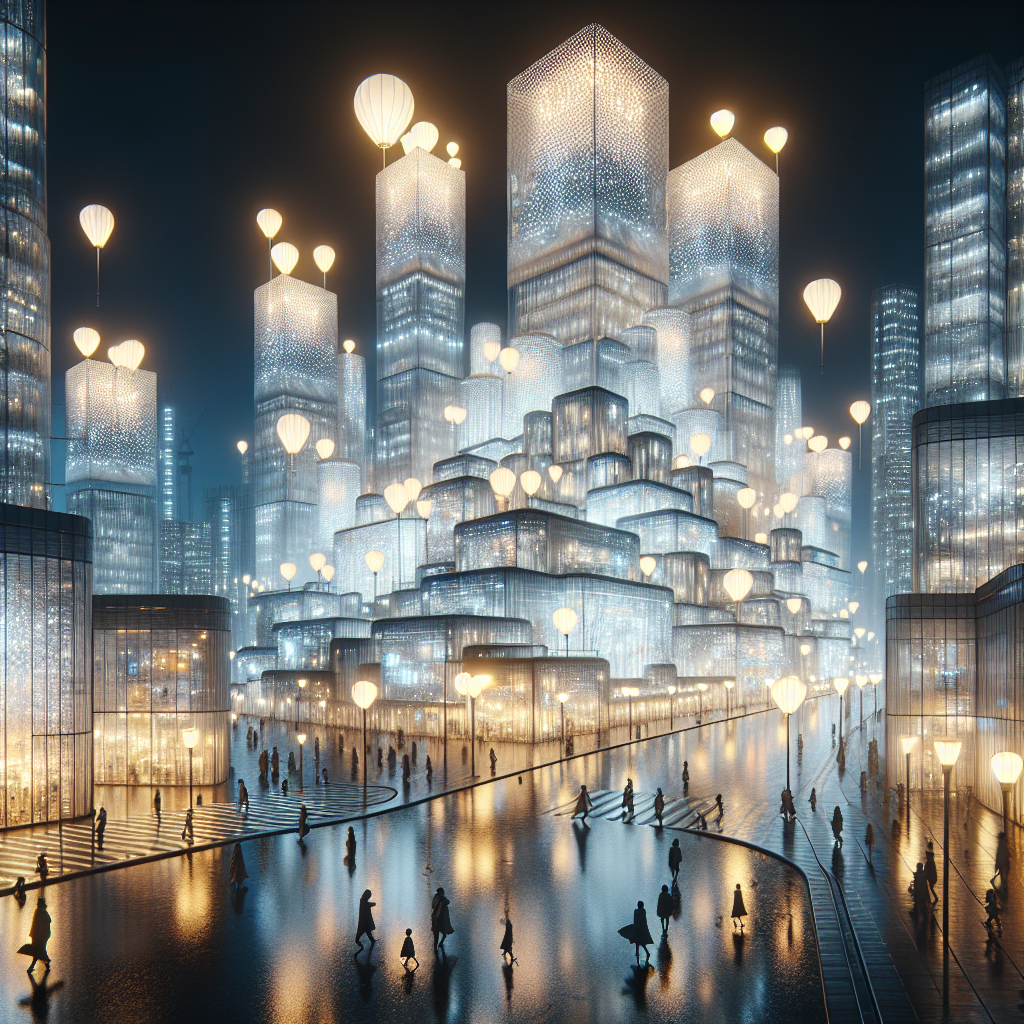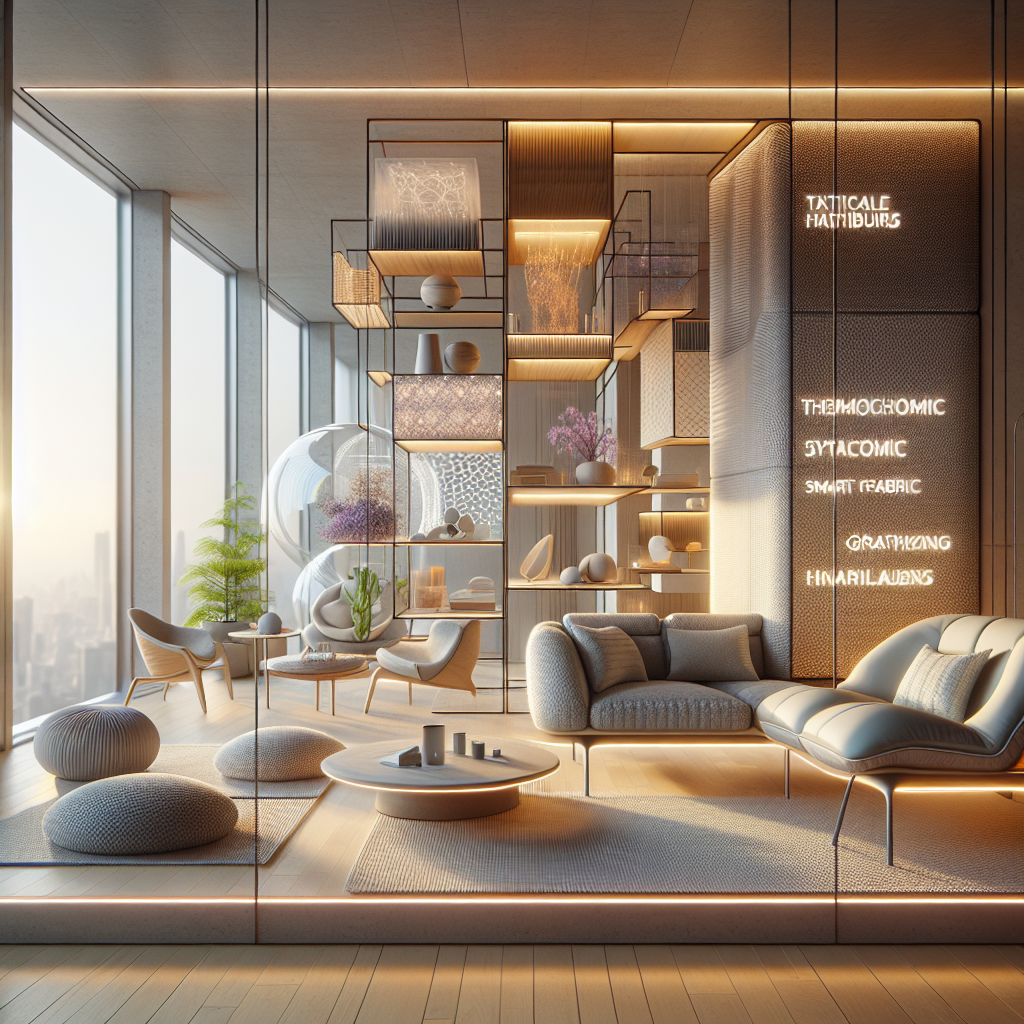Art Deco Architecture: Timeless Elegance from the 1920s to Today
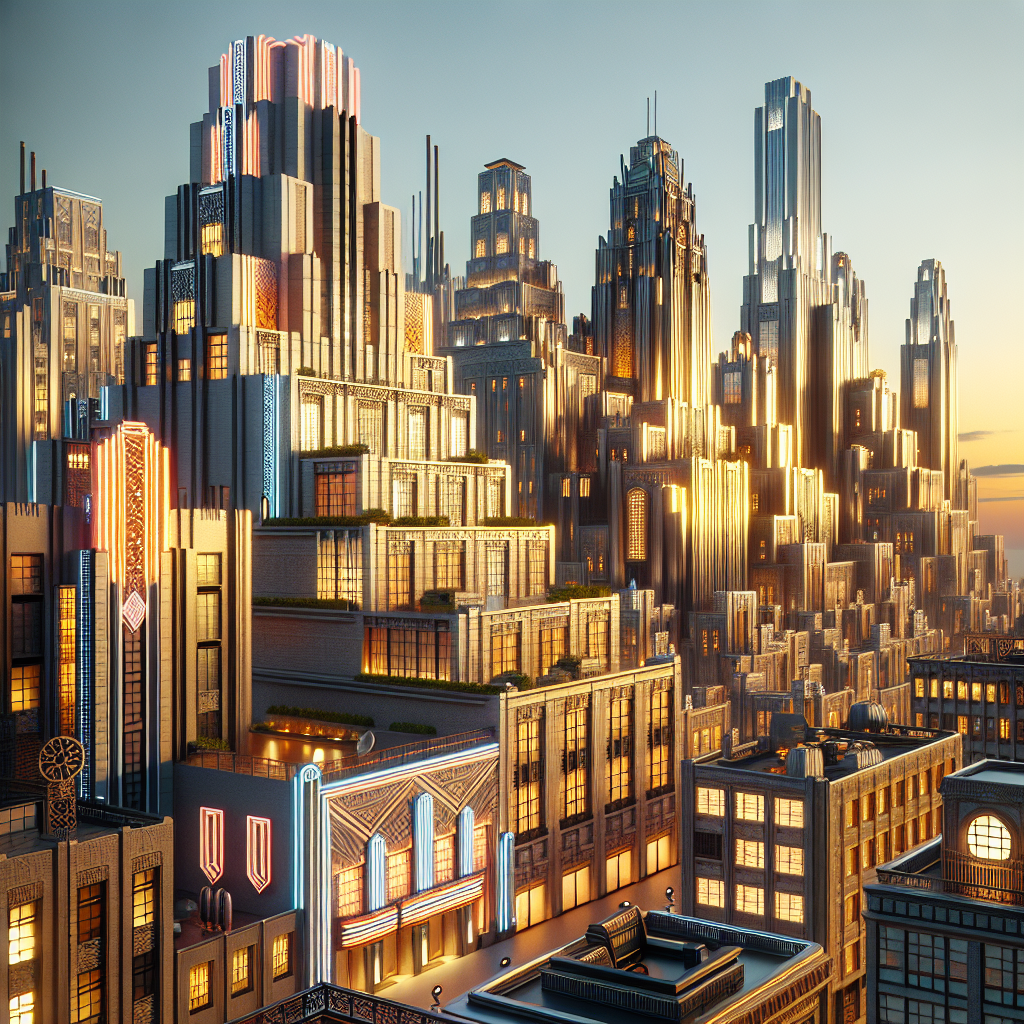
Art Deco Architecture: Timeless Elegance from the 1920s to Today
From the roaring twenties to the present day, Art Deco architecture has continued to captivate design enthusiasts and architecture professionals alike. With its sleek geometric forms, lavish ornamentation, and a bold sense of glamour, Art Deco embodies an enduring elegance that transcends fleeting trends. Today, as we revisit this iconic style, we uncover its lasting influence on contemporary architecture and interior design, demonstrating how the aesthetics of the past continue to shape the spaces we inhabit.
The Origins and Evolution of Art Deco
Emerging in the vibrant cultural landscape of the 1920s, Art Deco represented a significant departure from the organic forms of Art Nouveau. Originating in France, this style quickly spread across Europe and America, becoming synonymous with luxury, sophistication, and technological progress. Its name, derived from the 1925 Exposition Internationale des Arts Décoratifs et Industriels Modernes in Paris, encapsulates the movement’s commitment to modernity and decorative excellence.
Art Deco architecture is characterized by its geometric shapes, symmetrical designs, and lavish use of materials such as marble, brass, chrome, and glass. Buildings from this era often feature stepped silhouettes, zigzag patterns, and stylized motifs inspired by ancient Egyptian, Aztec, and Greco-Roman art. The style also embraced technological innovation, integrating modern materials and construction techniques to create structures that symbolized progress and optimism.
Iconic Examples of Art Deco Architecture
Perhaps no city exemplifies the spirit of Art Deco more vividly than Miami’s South Beach district. The pastel-hued buildings along Ocean Drive, with their streamlined curves, neon signs, and nautical motifs, have become emblematic of the style’s playful exuberance. Similarly, New York City’s Chrysler Building stands as a testament to Art Deco’s grandeur, its gleaming stainless-steel spire and intricate ornamentation symbolizing the era’s technological aspirations.
Across the Atlantic, London’s Claridge’s Hotel showcases the style’s luxurious sophistication, with its elegant lobby featuring geometric marble floors, mirrored walls, and intricate metalwork. Meanwhile, in Mumbai, the Eros Cinema exemplifies how Art Deco adapted to local contexts, blending traditional Indian motifs with modernist aesthetics to create a uniquely hybrid architectural language.
Art Deco’s Enduring Influence on Contemporary Design
Despite its historical roots, Art Deco continues to resonate with contemporary architects and designers, influencing everything from luxury interiors to urban landscapes. Today’s reinterpretations of Art Deco blend traditional motifs with modern sensibilities, creating spaces that feel both timeless and refreshingly contemporary.
In recent years, the resurgence of Art Deco-inspired interiors has been particularly notable. Designers are embracing bold geometric patterns, luxurious materials, and rich color palettes reminiscent of the 1920s, crafting spaces that exude sophistication and glamour. This renewed interest aligns with broader trends toward personalization and bespoke design, as explored in our previous article on bespoke furniture and illumination solutions.
Moreover, Art Deco’s emphasis on symmetry and proportion has influenced modern skyscraper design, where architects often incorporate stepped forms and vertical lines to evoke a sense of elegance and stability. This aesthetic approach aligns with contemporary sustainability goals, as seen in the rise of wooden skyscrapers, where traditional forms meet innovative materials to create environmentally conscious structures.
Integrating Art Deco into Modern Urban Landscapes
Art Deco’s timeless appeal extends beyond individual buildings, influencing broader urban planning and city design. For instance, Paris’s preparations for the 2024 Summer Olympics have prompted architects to revisit historical styles, including Art Deco, to create venues that blend heritage with modern functionality. As discussed in our analysis of how the Summer Olympic Games of Paris 2024 will affect city architecture and design, this approach ensures that new developments harmonize with existing urban aesthetics.
Similarly, adaptive reuse projects frequently draw inspiration from Art Deco’s balance of form and function. By transforming abandoned buildings into vibrant new spaces, architects pay homage to the past while addressing contemporary needs. This trend aligns with the principles of adaptive reuse, demonstrating how historical styles can inform sustainable urban development.
Art Deco and Technological Innovation
Art Deco’s embrace of technological progress remains relevant today, as architects increasingly integrate advanced technologies into their designs. From smart home automation to augmented reality visualization tools, technology continues to shape the built environment in ways reminiscent of Art Deco’s original ethos. Our exploration of smart home technology revolutionizing home automation highlights how contemporary design continues to marry aesthetics with innovation.
Furthermore, digital fabrication techniques, such as 3D printing and parametric design, enable architects to recreate intricate Art Deco motifs with unprecedented precision. These advancements, detailed in our previous coverage of digital fabrication in design and construction, illustrate how technology facilitates the revival and reinterpretation of historical styles.
The Future of Art Deco in Architecture and Design
As we look ahead, Art Deco’s influence shows no signs of waning. Its timeless elegance, adaptability, and inherent optimism continue to inspire architects and designers seeking to create spaces that resonate emotionally and aesthetically. Moreover, the style’s compatibility with emerging trends, such as biophilic design and sustainability, ensures its ongoing relevance in contemporary architecture.
Indeed, integrating biophilic principles into Art Deco-inspired spaces offers exciting possibilities for enhancing human well-being. Our article on biophilic design and its impact on human health and well-being explores how natural elements can complement Art Deco’s geometric forms, creating harmonious environments that nurture both body and mind.
Ultimately, Art Deco architecture embodies a vision of modernity that remains compelling nearly a century after its inception. Its ability to evolve and adapt to contemporary contexts ensures that this iconic style will continue to shape our built environment for generations to come.
Conclusion: Celebrating Art Deco’s Timeless Legacy
Art Deco architecture, with its distinctive blend of glamour, innovation, and geometric elegance, remains as captivating today as it was in the 1920s. From iconic landmarks to contemporary reinterpretations, this enduring style continues to influence architecture and interior design, offering timeless inspiration for professionals and enthusiasts alike. As we continue to explore and celebrate Art Deco’s rich legacy, we reaffirm its place as a cornerstone of architectural history and a beacon of timeless elegance.
For further reading on architectural styles and their evolution, visit the comprehensive overview on Art Deco provided by Wikipedia.
